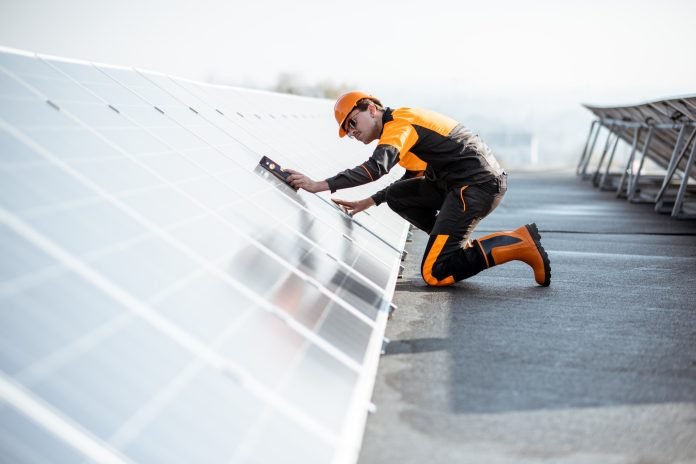
In a world thirsty for green energy, a new hero is emerging: organic solar cells.
Thanks to the hard work of researchers like Ishita Jalan, a recent Ph.D. graduate from Karlstad University, we’re getting closer to a future where clean, efficient, and affordable solar energy could be a game changer.
Organic solar cells aren’t your typical solar panels. They’re special because they’re flexible and can be used in many different ways.
Imagine being able to turn almost any surface into a power generator!
This is possible because these cells are made from molecules mixed in a special liquid that’s spread into a thin layer and left to dry.
These molecules are of two types: some give away electrons, while others accept them. This process is key to how these solar cells work.
The main focus of research is understanding and improving the thin layer where the magic happens, known as the active layer.
One of the most exciting parts of this research is that these organic solar cells are getting really good at turning sunlight into electricity.
They’re nearing a 20% power conversion rate, which is pretty impressive!
To boost their efficiency even more, scientists like Ishita are diving deep into the active layer’s molecular structure. Understanding and controlling this structure is crucial for making better and more efficient solar cells.
Here’s where things get really interesting. To study these cells, researchers took their experiments to zero gravity conditions!
They did this during special flights in France, where the plane makes a steep climb and then a free fall, creating a few moments of near-zero gravity. This unique environment slows down the formation of the cell’s structure, allowing scientists to observe and understand the process in slow motion.
The potential of solar energy is mind-blowing. Just one hour of sunlight hitting our planet could power the whole world for a year if we could harness it all!
While solar energy is still a small player in the global energy game, advancements in organic solar cells could change that.
These cells promise to be not only effective but also environmentally friendly and cheap to make. They could be a key part of moving away from fossil fuels and towards a sustainable energy future.
With ongoing research and development, the dream of harnessing solar energy more efficiently and widely could soon become a reality, lighting up our world in the most eco-friendly way.



